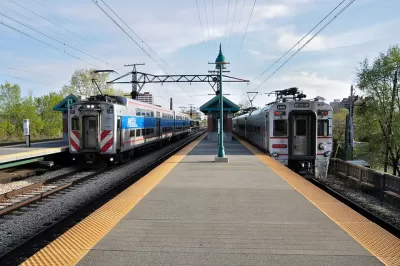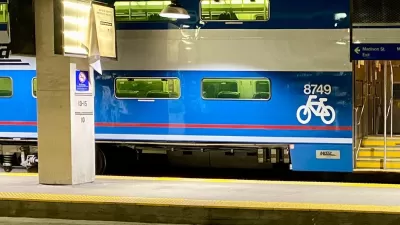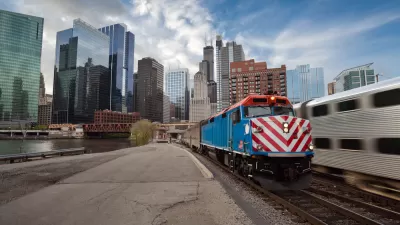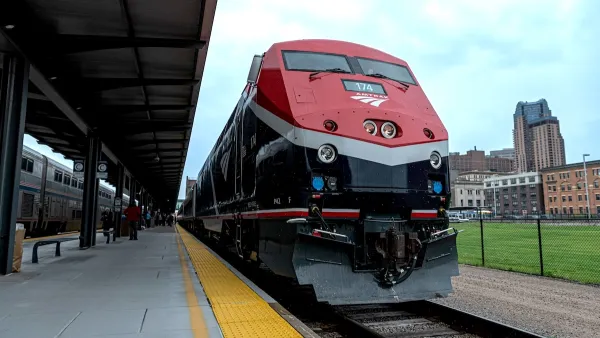Chicago's Metra has the resources to create frequent transit for a large swath of the South Side. Instead, their plan supports only the most fortunate along that train line.

Metra's plan for service changes represents a missed opportunity, Sandy Johnston argues in an OP-ED for South Side Weekly. "The current plan would enhance service to Hyde Park—but at the expense of cutting it to neighborhoods with higher levels of poverty, disinvestment, and disadvantage, such as South Chicago, West Pullman, and Morgan Park," Johnston writes.
Adding service makes sense because the South Side line is not built with the large distance between stops that other Metra trains have. These stops mean the line already has the potential to be a more traditional transit line, Johnson argues. "Stop spacing is extremely short, around half a mile in most places within Chicago proper. The line sports high-level platforms and electrification, rapid-transit-quality features that few commuter rail lines in the U.S. boast."
All this adds up to a big opportunity for a part of the city that could use the investment, and in fact, did have this kind of service in more prosperous years. "Chicago has advantages that none of those systems can boast: existing assets such as a high-capacity four-track right of way, electrification, high platforms that allow for level boarding, and new (though not modernly-designed, and poorly suited to rapid transit service) trains," Johnston argues.
FULL STORY: The Metra’s Not-So-Electric Plan

Planetizen Federal Action Tracker
A weekly monitor of how Trump’s orders and actions are impacting planners and planning in America.

Restaurant Patios Were a Pandemic Win — Why Were They so Hard to Keep?
Social distancing requirements and changes in travel patterns prompted cities to pilot new uses for street and sidewalk space. Then it got complicated.

Map: Where Senate Republicans Want to Sell Your Public Lands
For public land advocates, the Senate Republicans’ proposal to sell millions of acres of public land in the West is “the biggest fight of their careers.”

Maui's Vacation Rental Debate Turns Ugly
Verbal attacks, misinformation campaigns and fistfights plague a high-stakes debate to convert thousands of vacation rentals into long-term housing.

San Francisco Suspends Traffic Calming Amidst Record Deaths
Citing “a challenging fiscal landscape,” the city will cease the program on the heels of 42 traffic deaths, including 24 pedestrians.

California Homeless Arrests, Citations Spike After Ruling
An investigation reveals that anti-homeless actions increased up to 500% after Grants Pass v. Johnson — even in cities claiming no policy change.
Urban Design for Planners 1: Software Tools
This six-course series explores essential urban design concepts using open source software and equips planners with the tools they need to participate fully in the urban design process.
Planning for Universal Design
Learn the tools for implementing Universal Design in planning regulations.
Heyer Gruel & Associates PA
JM Goldson LLC
Custer County Colorado
City of Camden Redevelopment Agency
City of Astoria
Transportation Research & Education Center (TREC) at Portland State University
Camden Redevelopment Agency
City of Claremont
Municipality of Princeton (NJ)





























